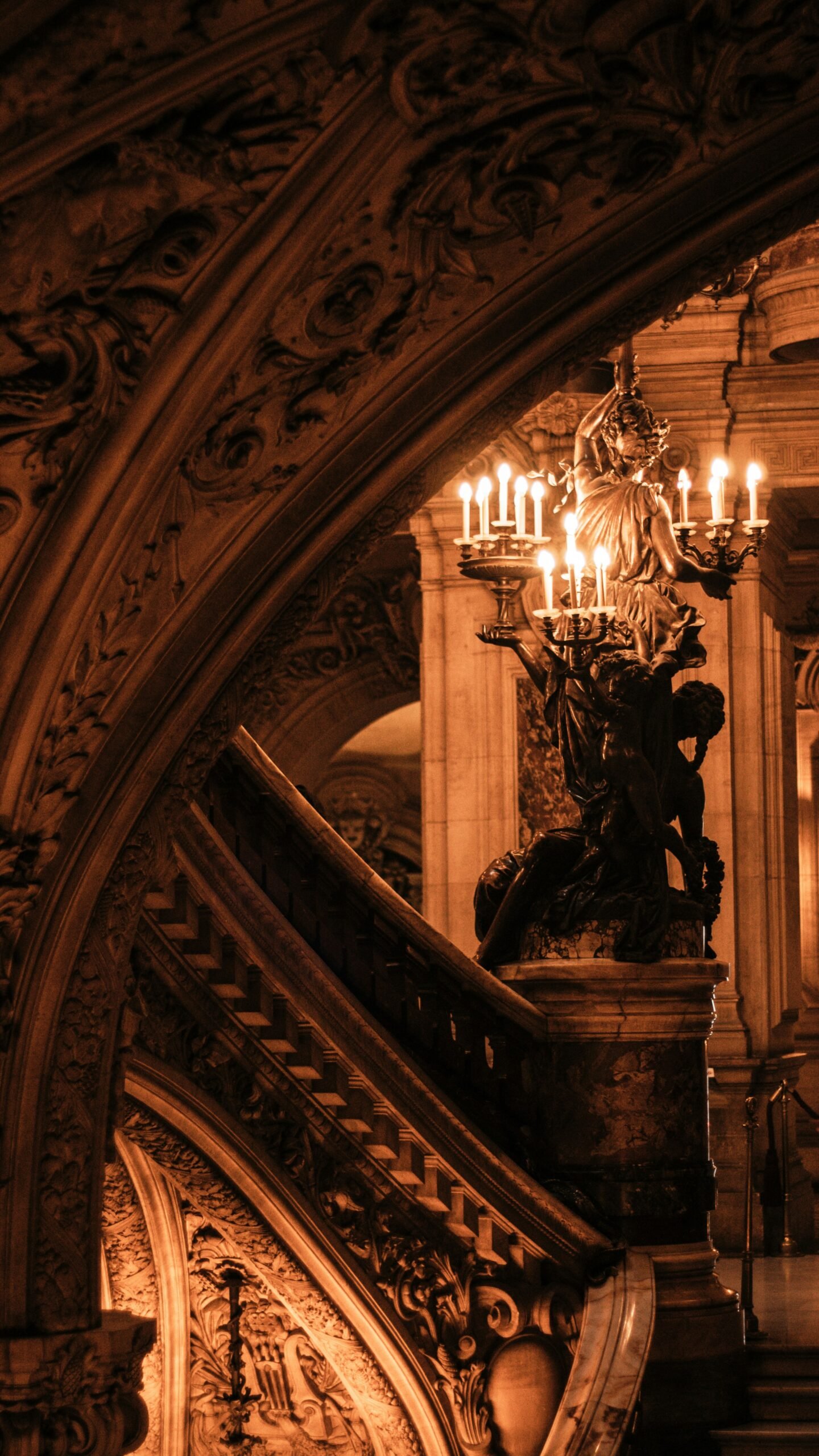Exploring the Connection between Opera, Drama, Passion, and Spectacle
Opera, with its captivating blend of music, drama, and visual spectacle, has long been associated with passion and intensity. The art form has the power to transport audiences to different worlds, evoke a wide range of emotions, and delve into complex human experiences. In this blog post, we will explore the connection between opera, drama, passion, and spectacle, and how they intertwine with sexual aspects.
The Dramatic Power of Opera
Opera is renowned for its ability to convey powerful emotions through music and storytelling. The combination of arias, duets, and ensembles allows composers and librettists to delve deep into the human psyche, exploring themes of love, desire, jealousy, and betrayal. The dramatic elements of opera serve as a vehicle for expressing the intensity of these emotions, often with heightened theatricality and grandeur.
The Passionate Nature of Opera
Passion is at the heart of opera. The music itself is often filled with soaring melodies, lush harmonies, and intricate vocal lines that reflect the intensity of the emotions being portrayed. The characters in opera are often driven by their desires and passions, whether it be romantic love, lust, or a thirst for power. These passions are brought to life through the virtuosic performances of the singers, who use their voices to convey the depth of their characters’ feelings.
The Spectacle of Opera and its Sexual Aspects
Opera is known for its visually stunning productions, elaborate costumes, and intricate set designs. These elements contribute to the spectacle of the art form, enhancing the overall experience for the audience. In some operas, the visual aspects can also have a sexual undertone, adding another layer of complexity to the storytelling.
Costumes in opera often play a crucial role in conveying the sexual aspects of a character or a scene. They can be used to enhance the sensuality of a romantic encounter or to highlight the power dynamics between characters. Similarly, set designs can create a sense of intimacy or create a larger-than-life atmosphere that intensifies the sexual tension on stage.
It is important to note that while opera can explore sexual themes, it does so within the context of the narrative and the characters’ motivations. The sexual aspects are not gratuitous or explicit for the sake of shock value but are instead used to deepen the understanding of the characters and their relationships.
Conclusion
Opera, with its blend of drama, passion, and spectacle, has the ability to captivate audiences and evoke a wide range of emotions. The connection between opera and sexual aspects is a complex one, with the art form using visual and musical elements to explore themes of desire, love, and power. By delving into the depths of human emotions and experiences, opera continues to be a powerful medium for storytelling and self-expression.

